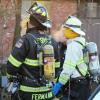
New construction technique/materials
Started by
efermann,
-
Recently Browsing 0 members
No registered users viewing this page.

Started by
efermann,
No registered users viewing this page.